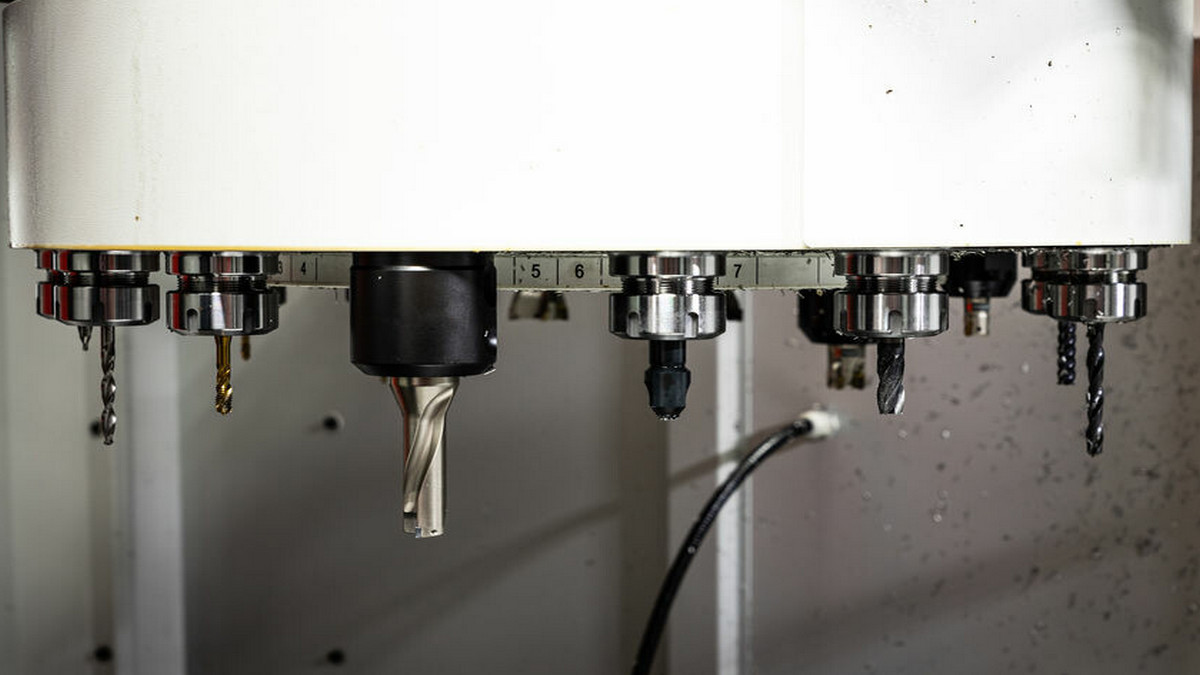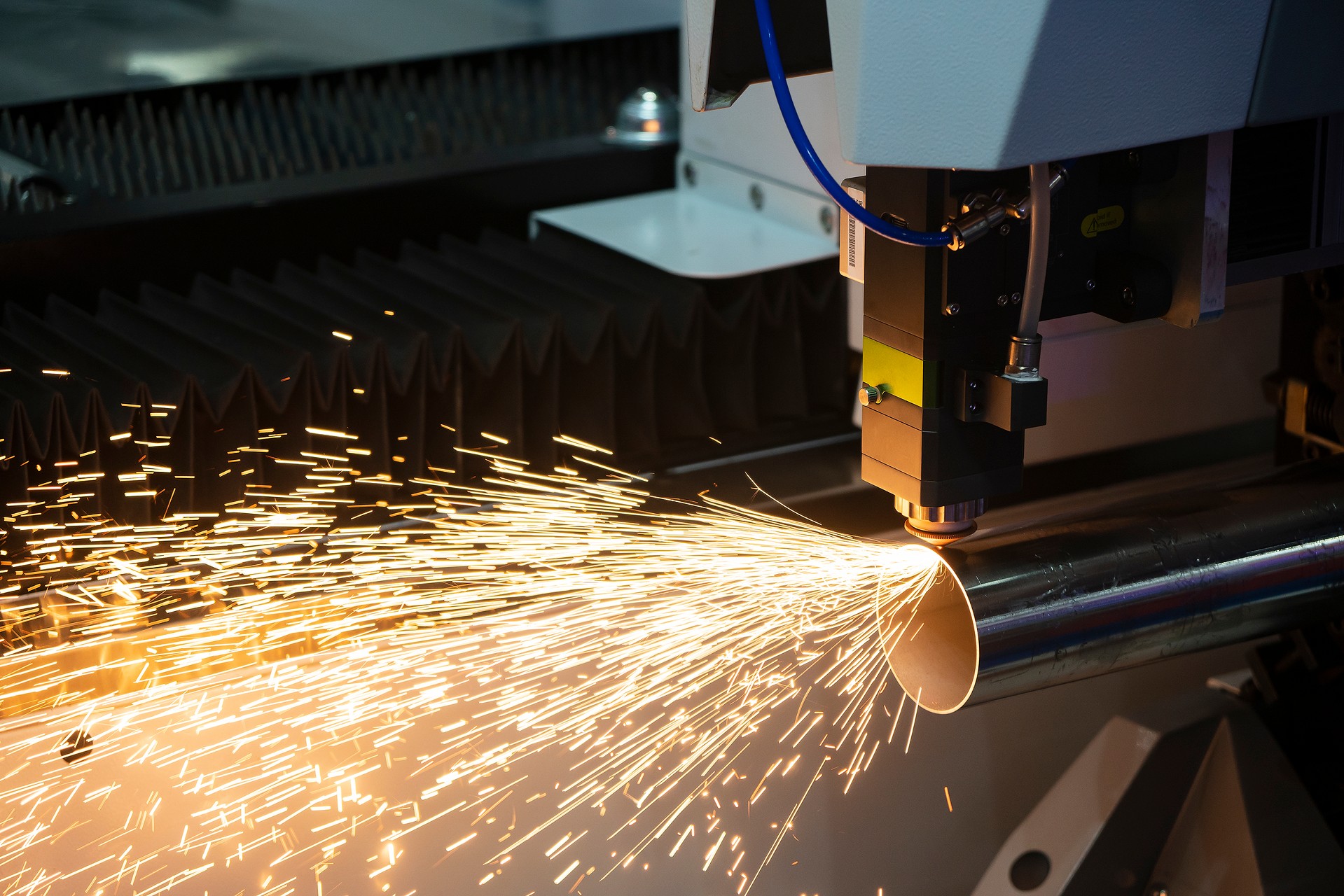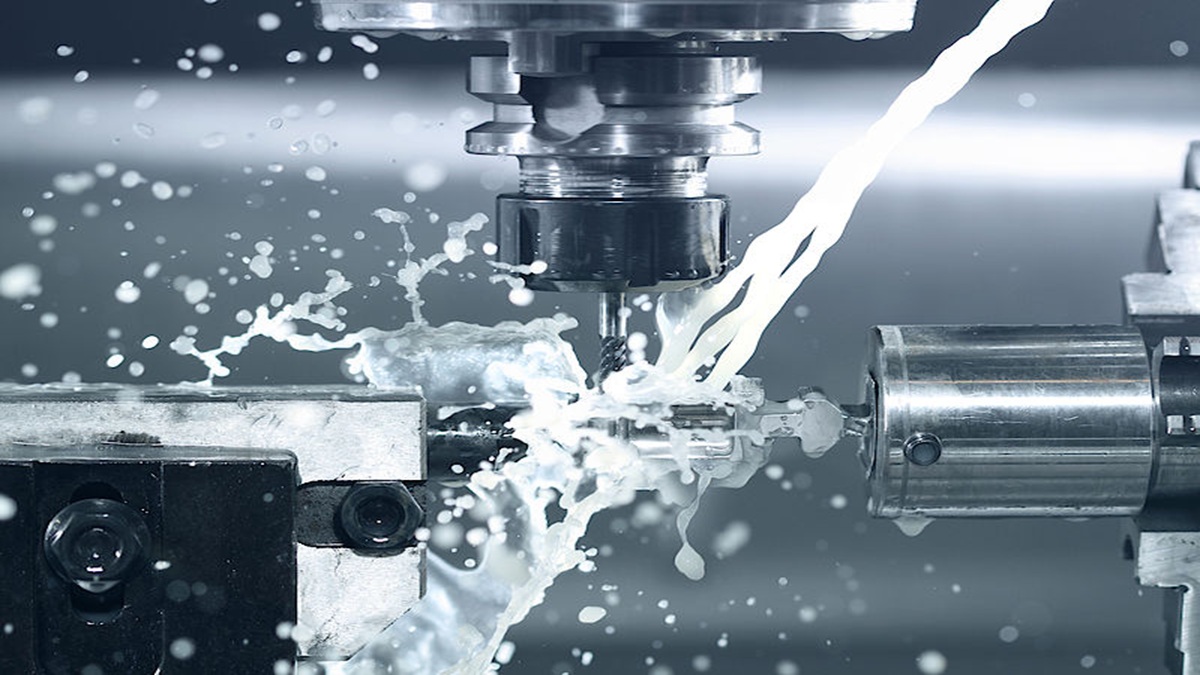A boring machine, device for producing smooth and accurate holes in a workpiece by enlarging existing holes with a bore. A single-point tool is attached to a rotating spindle within a boring head. They can dig through anything from hard rock, soft soil to sand.
Definition of Boring Machine
A boring machine is mainly a machine tool that uses a boring tool to bore a hole on a workpiece. Usually, the rotation of the boring tool is the main motion, and the movement of the boring tool or the workpiece is the feed motion. Its processing accuracy and surface quality are higher than those of drilling machines. The boring machine is the main equipment for processing large box parts.
Classification of Boring Machine
Boring machines are divided into horizontal boring machines, floor boring and milling machines, diamond boring machines and coordinate boring machines.
- Horizontal boring machine: a boring machine with the most applications and the widest performance, suitable for single-piece small batch production and repair workshops.
- Floor boring machine and floor boring and milling machine: the feature is that the workpiece is fixed on the floor platform, which is suitable for processing workpieces with large size and weight, and is used in heavy machinery manufacturing plants.
- Diamond boring machine: use diamond or cemented carbide tools to bore holes with high precision and low surface roughness at a small feed rate and high cutting speed, mainly used in mass production.
- Coordinate boring machine: with precise coordinate positioning device, it is suitable for processing holes with high requirements on shape, size and hole distance accuracy, and can also be used for marking, coordinate measurement and calibration, etc. middle. Other types of boring machines include vertical turret boring and milling machines, deep hole boring machines and boring machines for repairing automobiles and tractors.
Processing Characteristics of Boring Machine
During the machining process, the workpiece does not move, let the tool move, align the center of the tool with the center of the hole, and make the tool rotate (main movement).
Operating Procedures of the Boring Machine
- Comply with the general safety operating procedures for milling and boring workers. Wear labor protection articles as required.
- Check whether the connection of the operating handle, switch, knob, clamp mechanism and hydraulic piston is in the correct position, whether the operation is flexible, and whether the safety devices are complete and reliable.
- Check whether there are obstacles within the effective operating range of each axis of the machine tool.
- It is strictly forbidden to use machine tools with super performance. Select the appropriate cutting speed and feed rate according to the workpiece material.
- When loading and unloading heavy workpieces, a reasonable spreader and hoisting method must be selected according to the weight and shape of the workpiece.
- When the spindle is rotating and moving, it is strictly forbidden to touch the spindle and the tool installed at the end of the spindle with hands.
- When changing the tool, you must stop the machine first, and then replace it after confirmation. When changing, you should pay attention to the damage of the blade.
- It is forbidden to step on the guide rail surface and painted surface of the equipment or place objects on it. It is strictly forbidden to knock or straighten the workpiece on the workbench.
- After entering the processing program for the new workpiece, it is necessary to check the correctness of the program and whether the simulation operation program is correct. Automatic cycle operation is not allowed without testing to prevent the machine tool from malfunctioning.
- When using the flat-rotating radial tool post for cutting alone, the boring bar should be returned to the zero position first, and then in the MDA mode, use M43 to switch to the flat-rotating disc mode. If the U-axis needs to move, you must ensure that the U-axis is manually clamped. The device has been released.
- When it is necessary to rotate the table (B axis) during work, it should be ensured that it will not touch other parts of the machine tool or other objects around the machine tool when rotating.
- When the machine tool is running, it is forbidden to touch the rotating thread shaft, polished rod, main shaft, and flat rotating disk, and the operator must not stay on the moving parts of the machine tool.
- When the machine tool is running, the operator is not allowed to leave the job without authorization or entrust someone to watch it.
- If there are abnormal phenomena and noises during the operation of the machine tool, stop the machine immediately, find out the cause, and deal with it in time.
- When the spindle box and worktable of the machine tool are at or close to the movement-limited position, the operator shall not enter the following areas:
- Between the bottom surface of the spindle box and the bed;
- Between the boring shaft and the work;
- Between the boring shaft and the bed or the working table when it is extended;
- Between the worktable and the spindle box when it is moving;
- When the boring shaft is rotating, between the rear tailpiece, the wall and the fuel tank;
- Between the workbench and the front main column;
- Other areas that may cause extrusion;
- When the tool is turned off, the worktable must be retracted to the middle position, the boring bar should be retracted, and then the operating system should be exited, and finally the power should be cut off.
Maintenance of Boring Machine
The maintenance work of the boring machine is mainly to pay attention to cleaning, lubrication and reasonable operation. Routine maintenance work is divided into the following three stages:
- Before work starts. Check whether the mechanism of each part of the machine tool is intact, and whether the position of each handle is normal; clean all parts of the machine tool, observe each lubrication device, and directly lubricate the guide rail surface of the machine tool; start the machine and run it at low speed for a certain period of time.
- During work. The main thing is to operate correctly, do not allow the machine tool to work overloaded, and do not use the precision machine tool for rough machining, etc. If any abnormal phenomenon is found in the machine tool during work, it should be stopped immediately for inspection.
- After the work is over. Clean all parts of the machine tool, move the moving parts of the machine tool to the specified position, and turn off the power.














